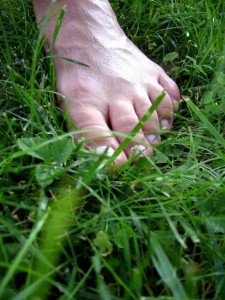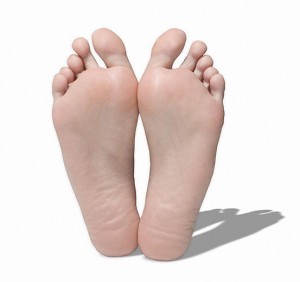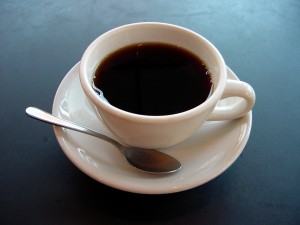The longer you spend sitting each day, the more likely you are to die an early death — no matter how fit you are.
Right around Thanksgiving I discussed some of the science behind obesity and eating. Now, the tremors of holiday gorging have started, and an eruption of Christmas binging is close at hand. It’s cold outside and here in Colorado we’ve got several inches of snow on the ground. This seems the ideal backdrop to look at obesity again, this time with an eye toward energy expenditure.
Two articles present slightly different information on the same general issue, that is the relationship between movement and obesity. I’ll discuss the first article here and the second in part II of this post. Your Body’s big enemy? You’re sitting on it comes from MSNBC.com. The article has two main topics. First, we’re told of the consequences of our modern, mostly seated lifestyle. We sit at our jobs. We sit getting to our jobs. We sit for entertainment. And our many electronic tools allow us to live our lives while expending very little energy, especially when compared to the bulk of human history which featured far more physical labor than we currently experience. Specifically we’re told about the biochemistry of too much sitting:
“When you sit for an extended period of time, your body starts to shut down at the metabolic level, says Marc Hamilton, Ph.D., associate professor of biomedical sciences at the University of Missouri. When muscles — especially the big ones meant for movement, like those in your legs — are immobile, your circulation slows and you burn fewer calories. Key flab-burning enzymes responsible for breaking down triglycerides (a type of fat) simply start switching off. Sit for a full day and those fat burners plummet by 50 percent, Levine says.”
Sitting increases our risk of diabetes and heart disease and it may even increase our risk for depression. It’s also none too good for our spinal health and posture. A bottom-line assessment of sitting was observed by Canadian researchers: The longer you spend sitting each day, the more likely you are to die an early death — no matter how fit you are. (The article stated this finding but I’m not sure exactly where or by whom this research was done.)
The second topic is NEAT, or Non-Exercise Activity Thermogenesis. (Read more on NEAT from the Mayo Clinic.) Examples of NEAT include tapping our toes, gesturing with our hands while talking, doing house work or yard work, standing while working or any sort of fidgeting–even chewing gum. According to Mayo Clinic research, NEAT has a big impact. A study found that after 10 days, lean participants moved an average of 150 minutes more per day than overweight participants That translates to 350 calories, or about one cheeseburger. Take that out to one month and that’s 10, 500 calories (3 lbs. of fat). In one year NEAT may burn up to 127, 750 calories or almost 37 lbs. of fat!
What can we do with this information? Well it goes to a discussion I’ve had with many of my personal training clients who are trying to lose weight. Find a way to move around somehow. An hour or a half-hour a day in a gym doesn’t add up to much by the end of the week. We’ve got to find ways to move around a lot more than that. Your body needs to move throughout the day. Here are some ideas:
- Stand up while talking on the phone.
- Set the meeting timer on your Microsoft Outlook (or similar e-mail system) for every half-hour with this message: GET UP. WALK AROUND.
- Use the stairs. Avoid elevators and escalators.
- Wash dishes by hand.
- Quit looking for the parking space closest to the mall or grocery store entrance. Park way back in the back and walk to the entrance.
The bottom line is this: Sitting is death by a thousand keystrokes. Moving yourself about the planet under your own power has tremendous health benefits. Your body doesn’t care if you do it in a gym or whether or not you call it “exercise.”
Alright, you’re done reading. GET ON YOUR FEET AND GO DO SOMETHING!




